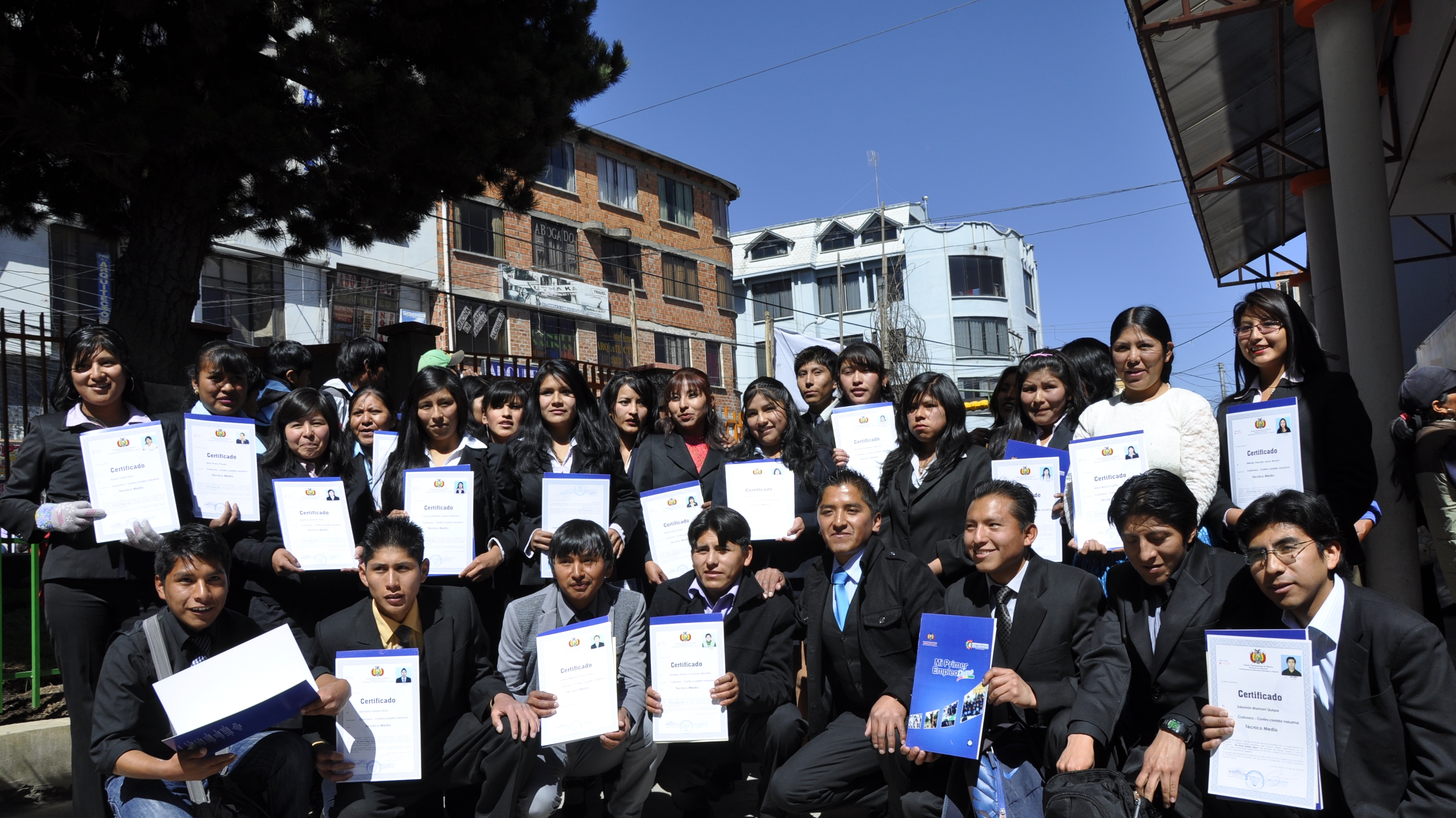Challenge
Despite a decrease in the incidence of poverty since the late 1990s, as of 2006, roughly 60 percent of Bolivia’s population still lived in poverty. The poverty rate for children and youth surpassed the national average, reaching as high as 80 percent among children under five living in rural areas. The lack of access to quality health and nutrition services increased vulnerabilities among poor and rural populations. In 2003, chronic malnutrition affected one-third of Bolivian children under five; 42 percent of these children lived in rural areas, where the infant mortality rate reached 86 per 1,000 live births. The effects on low-income children of poor nutritional status in infancy were compounded by low quality and insufficient basic and secondary education later in life, resulting in considerable disadvantages for poor Bolivian youth entering the labor market. While overall urban unemployment was 8 percent in 2005, unemployment for youth aged 18 to 24 reached more than 18 percent and was nearly double that level among the poorest populations.
Approach
The Investing in Children and Youth Project assisted the government of Bolivia in strengthening the effectiveness of its social protection system by supporting the design, financing, and implementation of two flagship interventions focused on the nation’s poorest and most vulnerable children and youth. The first intervention, Bono Juana Azurduy (BJA), previously named the Social Protection Program for Mothers and Children, provides cash transfers to families with pregnant women and/or mothers of children below two years of age without health insurance. BJA is designed to provide an incentive for extremely poor families to invest in the health and nutrition of young children and to provide financial support to increase the food consumption of beneficiary households. The project financed BJA benefits to 107 of the most vulnerable municipalities and supported overall program management, monitoring, and evaluation.
The second program intervention, My First Job with Dignity (Mi Primer Empleo Digno, MPED), formerly known as the First Employment Program, aims to increase the employability of low-income youth living in poor urban and periurban areas who completed at least the second year of secondary education by providing opportunities for skills training and a first labor market experience. The project supported the implementation of the MPED program in the six largest cities in Bolivia.



